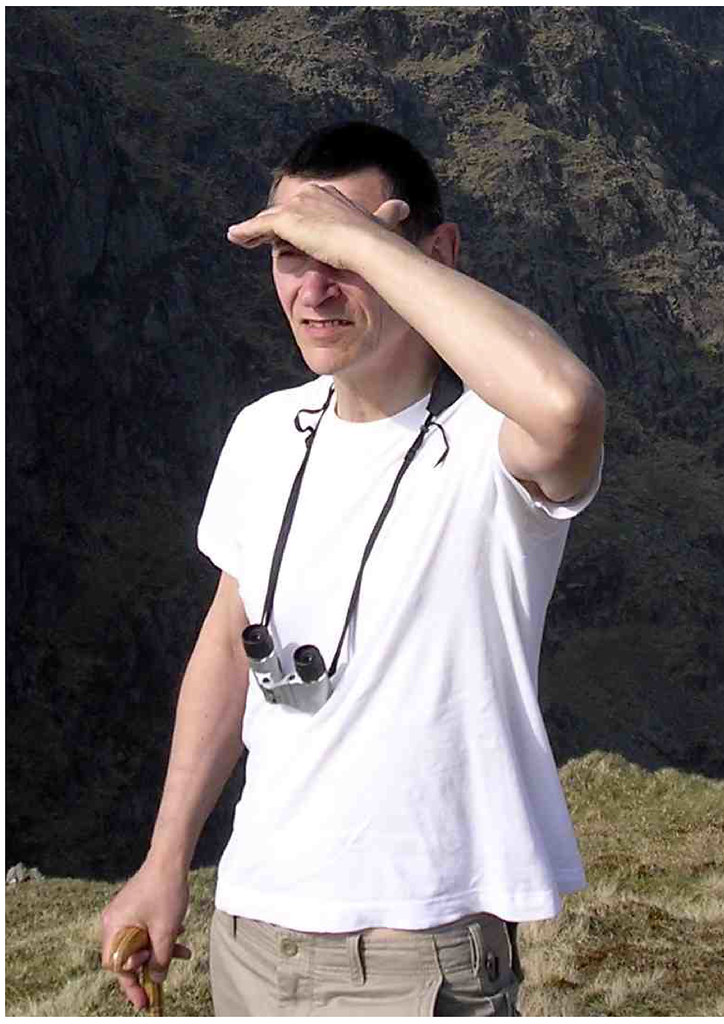The Sir John Cass school of art & design has fallen on very difficult times, but to my surprise and delight the silversmithing tutor, Steve Wager, has now set up his own workshop in Hatton Garden and is continuing to tutor students there. Although still interested in forming hollow shapes by hammering, I opted for trying a square box or three, hopefully complete with hinges. I have put full workshop notes on my Wordpress site, but briefly I sawed out two squares of 1mm thick gilding metal, scribed then scored four deep grooves on each to mark out the walls, sawed out the corners and bent up the sides. The sides and base were then soldered with hard solder. A lid was fashioned out of the same sheet, chamfered at 45 degrees on the edges, and soldered to the top after making cuts at all four sides to allow air to escape. After cooling, the lid of the box was sawn from the body of the box at these four cuts.
I used a different method for making a very small sterling silver box from scrap (sterling sprues from casting, rolled in a mill then flattened with a planishing hammer). I followed the instructions in Tim McCreight's book "Boxes & Lockets" to first make two rectangular strips of sterling for the sides. These were deeply scored then bent into L-shapes; the bend was reinforced with solder then the L's were soldered together to make a box open at top and bottom. Then a base of the same sterling sheet was soldered on but inset from the bottom, before again sawing four slits, one on each wall at the corner, then soldering a top on. After cooling, the top was sawn from the bottom of the box using a separating wheel (much easier than using a jeweller's saw; I found it fairly easy for a round box, but the square box is perhaps more difficult). The pictures below are actually of the nickel silver box, whose base was not inset. All available pictures are on my Flickr site http://www.flickr.com/photos/jelf0/, the title of the picture is the date in "yymmdd-hh mm ss" format.
2012-06-09
Resumption of silversmithing
Posted by
Paul Jelley
at
20:19
0
comments
![]()
![]()
Subscribe to:
Comments (Atom)

